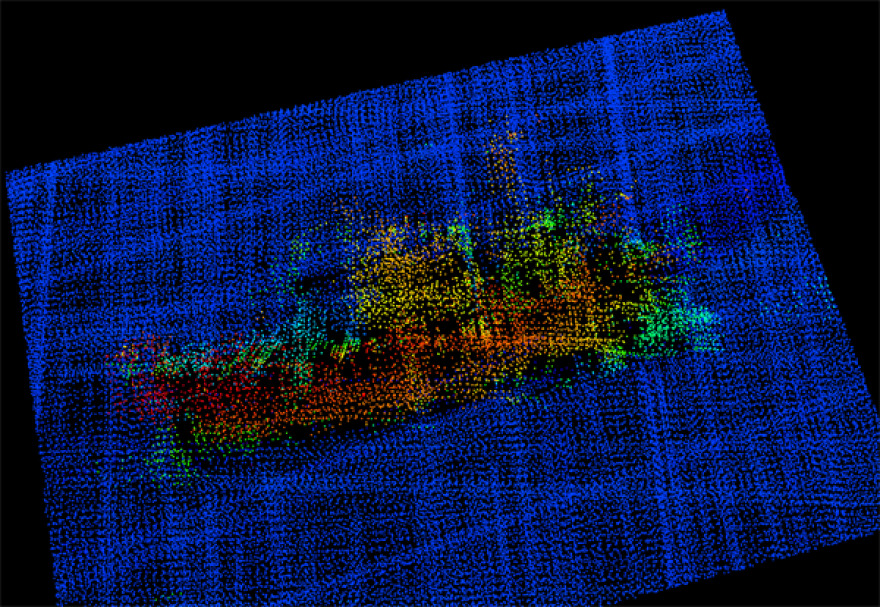This Sunday, Feb. 11 marks the one-year anniversary of the loss of the F/V Destination.
Its sinking ranks as the Bering Sea crab fleet's deadliest accident in more than a decade.
While the cause remains a mystery, memories of the lost crew are inspiring fishermen to stay safe this winter.
Last March, Unalaskans and seasonal fishermen held a memorial service at the Norwegian Rat Saloon.
They rang a bell six times — once for each member of the Destination's lost crew: Captain Jeff Hathaway, Larry O'Grady, Charles Glenn Jones, Raymond J. Vincler, Kai Hamik, and Darrik Seibold.
All of the men died when their vessel disappeared near St. George Island without a mayday signal.
Almost a year later, the tragedy is still fresh in the minds of many fishermen, especially crabbers who are out dropping pots in the same area the Destination went down.
"Do I think about it?" asked Captain Rip Carlton of the F/V Patricia Lee. "Yes."
Carlton has fished in the Bering Sea for almost 40 years, and he was good friends with Hathaway.
"He was good guy," laughed Carlton. "I could tell you a lot of funny stories about him. But I won't."
Carlton's crew has just finished their last offload of the opilio crab season. He said it went well — safe — in part, because memories of his friend motivated him to be even more careful than usual.
"We put a stack of gear [on the vessel] to leave Dutch Harbor and even though I know what the stability is on the Patricia Lee, I went and double-checked my double check," he said. "And [Jeff] was definitely on my mind."
Carlton isn't the only crabber who took extra precautions this winter.
Fishermen turned up in droves at a safety event where they could check their crab pots. That's according to Scott Wilwert, coordinator of Alaska's Commercial Fishing Vessel Safety Program for the U.S. Coast Guard.
"We weighed pots on every one of the 45 or 46 boats that we got," he said.
Wilwert said verifying those weights has helped crabbers update their stability books, which outline how much equipment each vessel can carry safely.
That's key information, as boats can capsize or sink if they're overloaded.
"We did find — almost across the board — that the gear folks are using today is likely heavier than what the stability books were made up for maybe 5, 10, or 15 years ago," said Wilwert.
It's possible that overloading played a role in the loss of the Destination. Wilwert said the Marine Board of Investigation is almost finished with its report on the accident.
While they wait to learn more, he said fishermen should stay on top of their safety practices by confirming vessel stability, watching the forecast, and always wearing protective gear.
Carlton said everyone he knows in the crab fleet is doing just that, but it never hurts to double check.
"Everybody misses Jeff and his crew," he said. "We've just got to do the best that we can."
This year, the Bering Sea Crab fleet has reported some disablings, medevacs, and man-overboard situations. But so far, Wilwert said there have been no fatalities or vessel losses.









